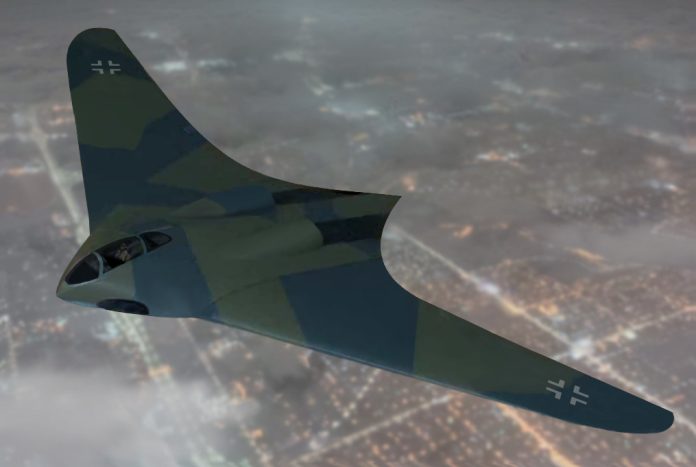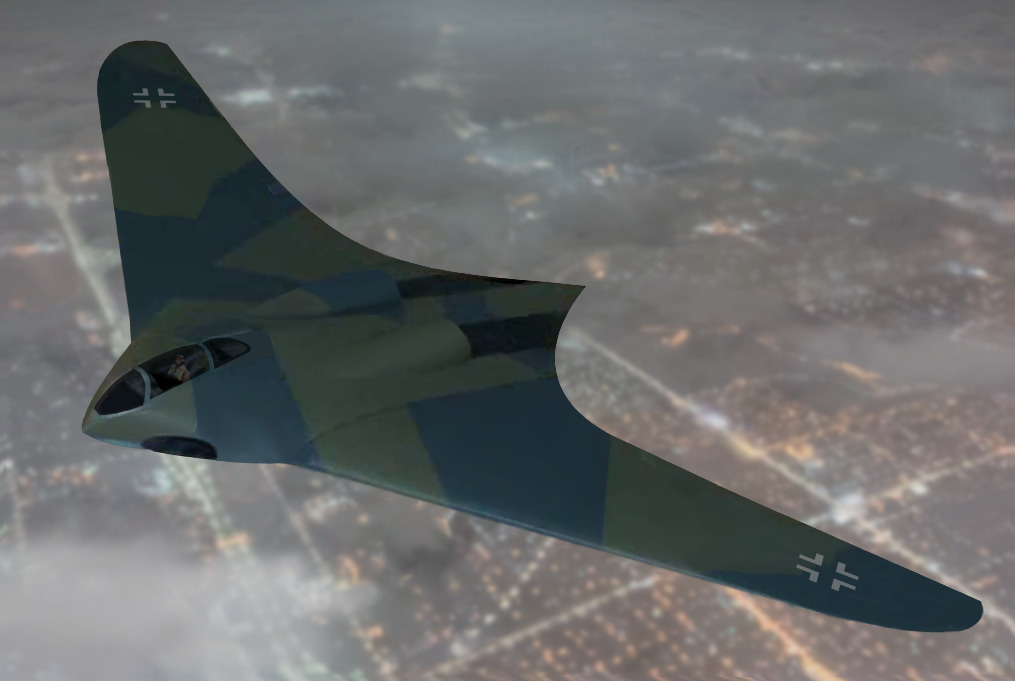
The Horten Ho 229, developed by Nazi Germany in the latter part of World War II, was a technological wonder that continues to ignite discussions and debates even now.
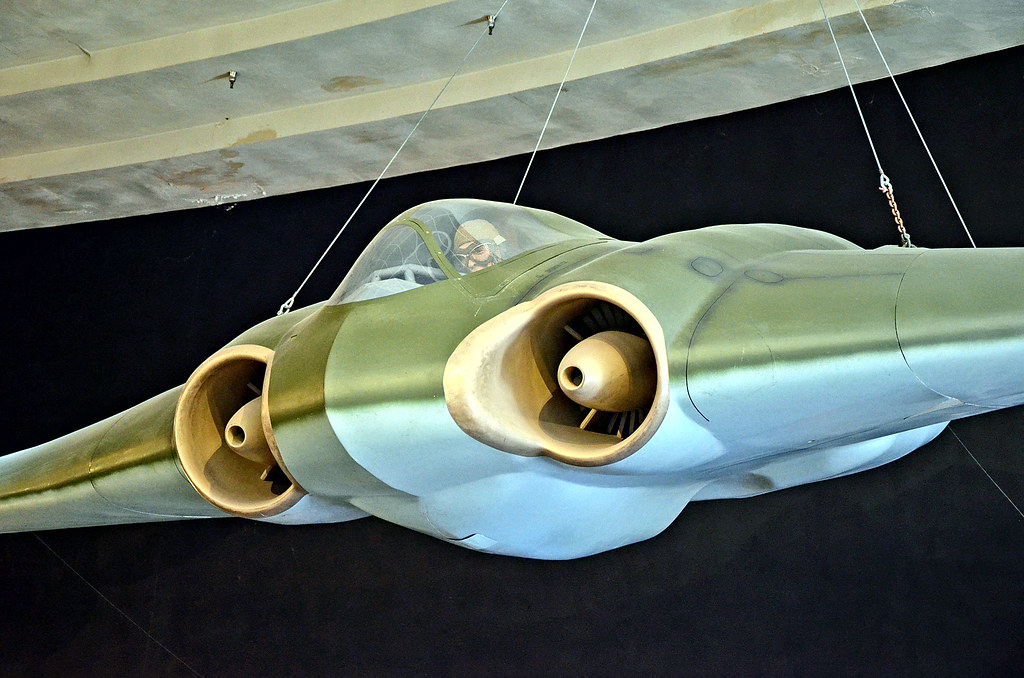
Recognized as the first pure-flying wing aircraft powered by jets, the Ho 229 was a brainchild of the Horten brothers—Reimar and Walter—who aimed to revolutionize aerial combat with their innovative design.
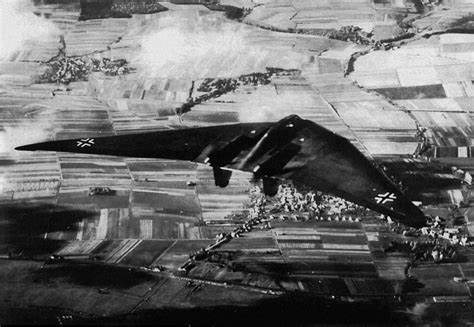
The aircraft’s legacy is tainted by its origins yet is undeniably linked to the advancement of stealth technology in modern aviation.

The Ho 229 V3, the third prototype in the series and the only surviving example of this groundbreaking design was captured by US forces in April 1945 at the Gothaer Waggonfabrik factory.
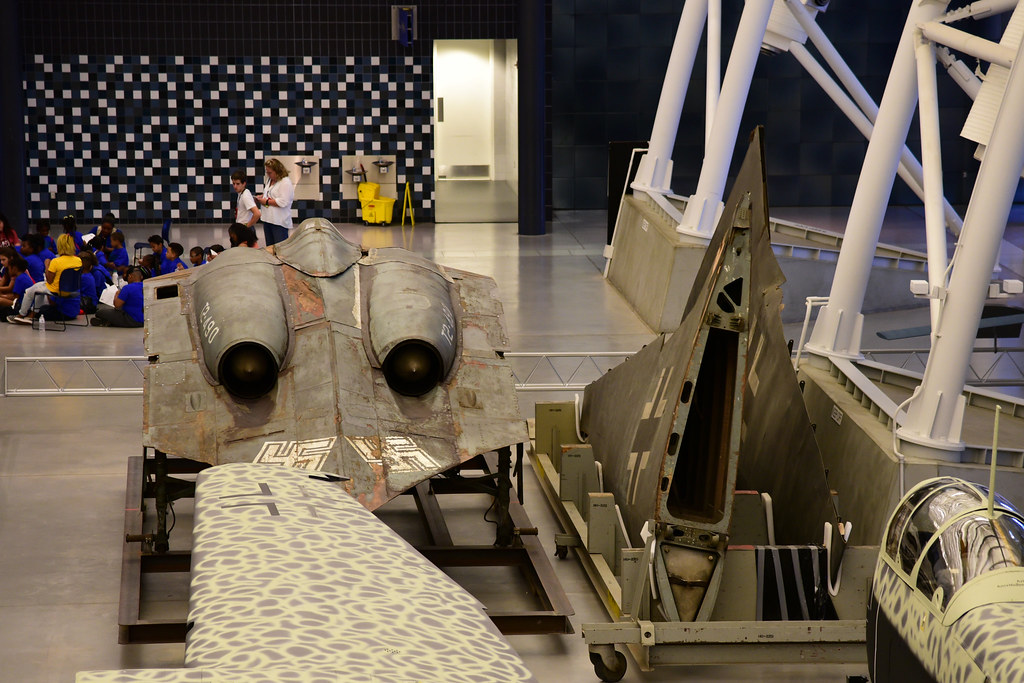
It was intended to serve as the testbed for production models, boasting two 30 mm cannons and the potential to carry a 1,000 kg bomb load. Despite never reaching completion, the V3’s design and purported capabilities were remarkable for its time.

The aircraft is now a display piece at the Smithsonian National Air and Space Museum in Washington, D.C., signifying a pivotal moment in aeronautical engineering.
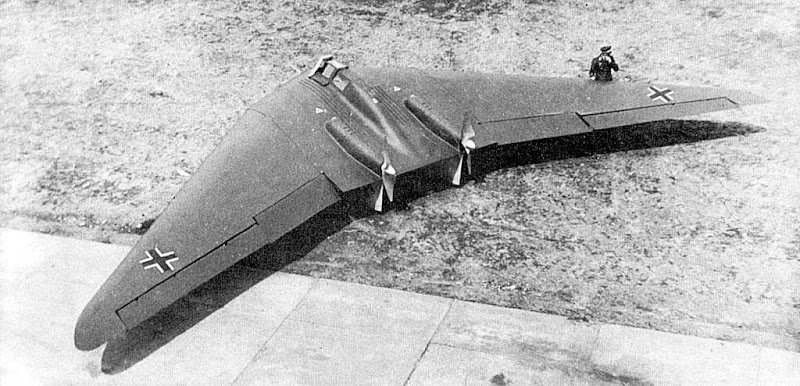
The aircraft’s development was part of a rapid innovation effort by the Luftwaffe, largely driven by their quest to find an edge in air superiority as the Allies advanced.

It was an answer to the call for a “3×1000” fast bomber—an aircraft that could carry up to 1,000 kg of bombs, with a range of 1,000 km, and a speed of up to 1,000 km/h. This project later morphed into the Emergency Fighter Program in 1944, which sought to defend the Reich with more efficient fighter designs.

The Ho 229 possessed several characteristics that set it apart from other aircraft of the era. Its “pure” flying wing design aimed to minimize drag and maximize lift and aerodynamic capabilities.

The aircraft’s unique shape and construction materials, including the use of wood mixed with charcoal and glue for some parts, played a role in early discussions about its stealth characteristics.
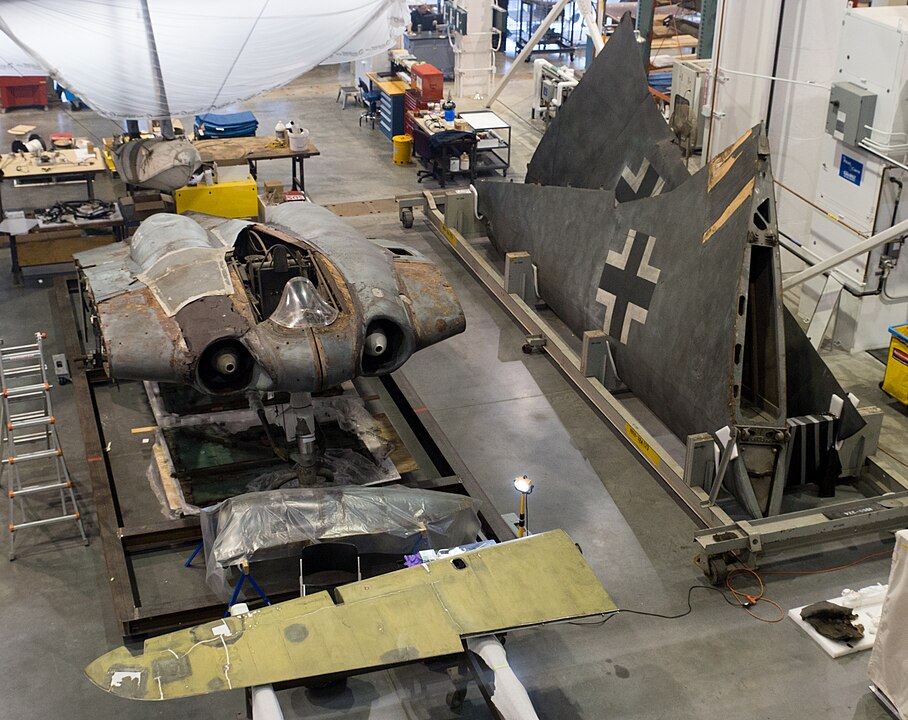
The flying wing design aircraft, unlike traditional planes with a noticeable fuselage and tail, does not have a fuselage, with the wing serving as the main structure of the plane. This design allows the aircraft to operate in stealth mode as no tail fins reflect radar waves, making the Ho 229 difficult to detect on radar.
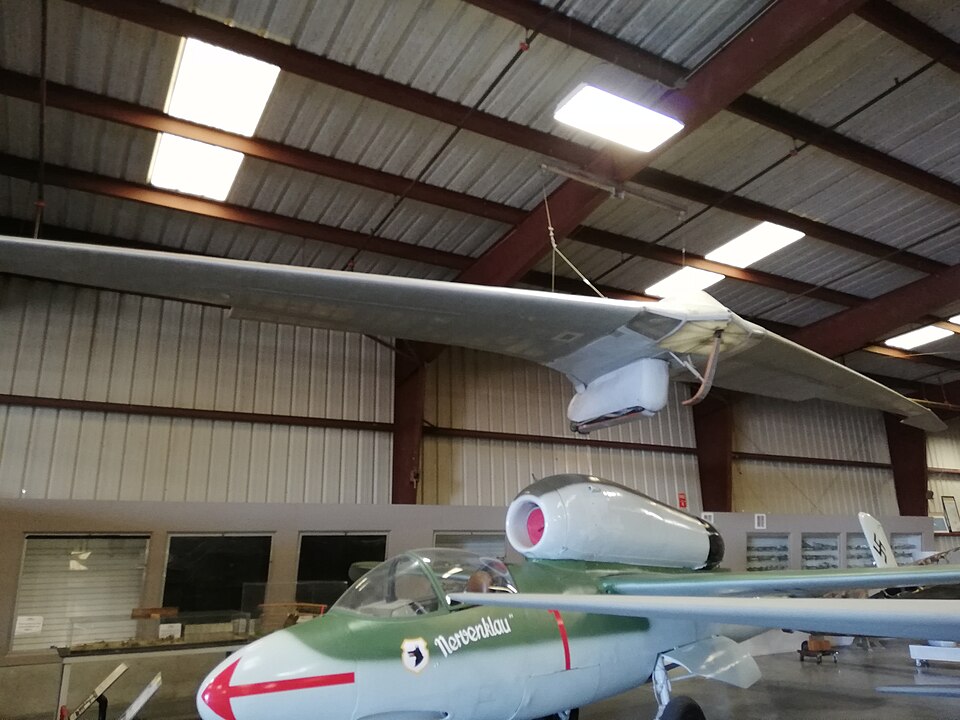
The Horten brothers were not the inventors of the flying wing design. Northrop later constructed a prototype for a flying wing bomber capable of bombing Nazi Europe from North America in case Britain was captured.

The significance of this achievement has sparked debate, but it represents an early indication of the development of what would eventually evolve into stealth technology.

In 2008, Northrop Grumman constructed a full-scale Ho-229 aircraft model to measure its radar signature and determine its level of stealthiness. The model excluded engines and the metal frame.
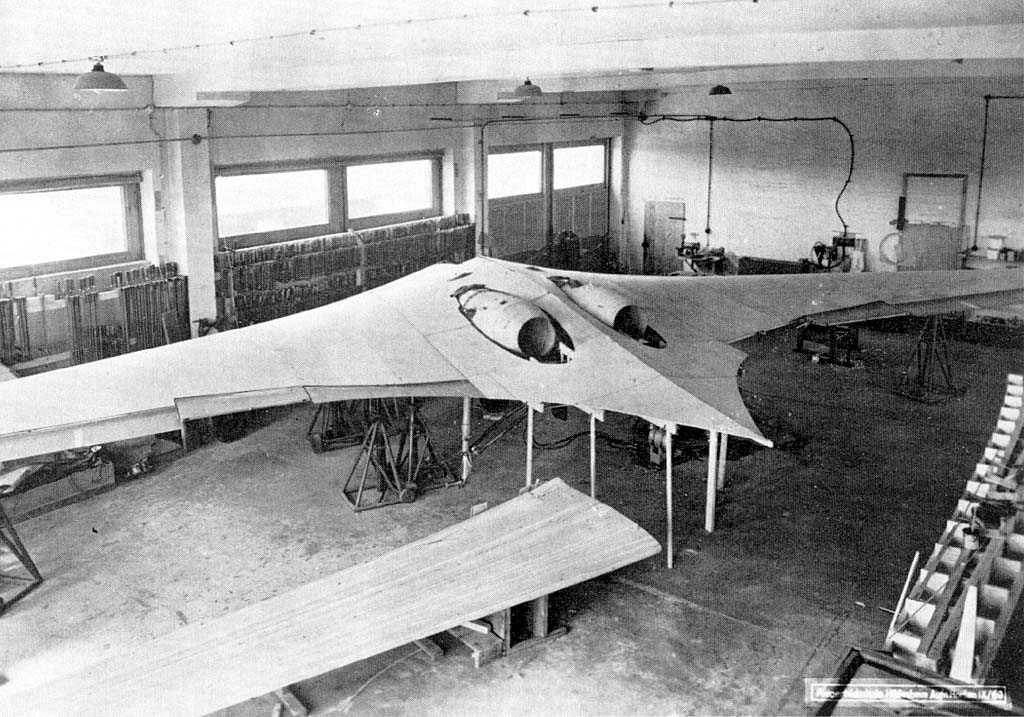
Findings indicated that at the HF/VHF frequencies employed by British Chain Home radars, the frontal RCS of the Ho-229 would be approximately 4 dB lower than that of a Messerschmidt Bf 109 fighter. This suggests that the radar signature of the Ho-229 was akin to that of conventional aircraft of similar size.
Relevant articles:
– Ho 229 V3, warthunder.com
– Horten Ho 229 V3, National Air and Space Museum
– History Column: Horten Ho-229, IEEE Aerospace and Electronic Systems Society
– What Was The Horten Ho 229 & Why Did It Never Enter Service?, Simple Flying, Nov 20, 2023
